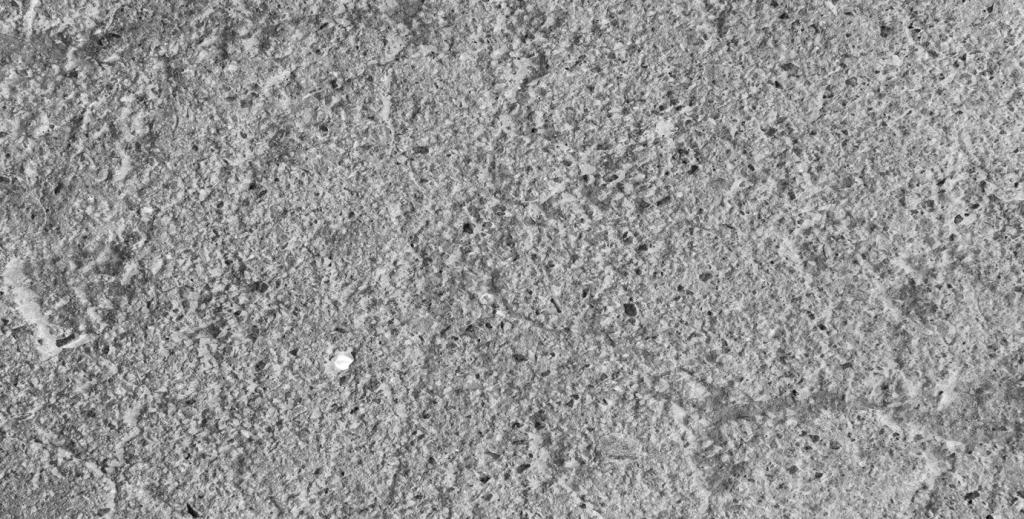Tracing the Historical Roots of Minimalism in Global Painting
Chosen theme: Historical Roots of Minimalism in Global Painting. Step into a quiet lineage of ideas where painters across centuries pared forms, palettes, and gestures to their essence. Explore how devotion, philosophy, trade, and technique shaped a global vocabulary of less—then join the conversation by sharing the silent masterpieces that move you.

The Zen of One Stroke
Zen painters trained for decades to deliver a bamboo stalk or a cliff in a single, unhesitating brushstroke. The discipline folded breathing, posture, and intention into pigment, proving that one decisive mark can hold a landscape, a mood, and a lifetime of practice.
Geometry as Devotion
Across Islamic worlds, gridded star patterns and compass-drawn tessellations cultivated an art of disciplined repetition. Reduced palettes and modular systems built visual contemplation, where spiritual focus grew not from figuration, but from proportion, symmetry, and a humility before number and line.
Song Dynasty Skies
Song painters let mountains breathe inside vast reserves of mist and light, turning negative space into atmosphere and philosophy. The unpainted became a river of time, a metaphysical interval where the viewer’s imagination completes forms that the brush intentionally leaves unsaid.

Trade, Travel, and the Quiet Exchange of Ideas
Paper, ink, and brush techniques traveled alongside spices and scriptures. As materials met new hands, a taste for tonal washes, limited palettes, and spare compositions gained fresh meanings, weaving a transcontinental thread between craft economies and contemplative aesthetics.
From Icons to Abstraction: Paths Toward Reduction
Cistercian White and the Ethics of Restraint
Medieval monastic reforms stripped churches of decoration to focus the spirit. This ethos influenced painters who favored clarity and light over spectacle, modeling how ethical choices—fewer images, quieter palettes—can shape a visual language of disciplined intention and contemplative seeing.
Suprematism’s Radical Reset
With Black Square, Malevich turned the corner hung icon into an icon of nothing but form. The gesture fused devotion and negation, opening a lineage where geometry and monochrome carry spiritual charge through subtraction, not narrative or descriptive mimicry.
De Stijl and the Grammar of Fewer Things
Mondrian’s grids pruned nature into perpendicular order, limited color, and calm equilibrium. This grammar—primary hues, right angles, controlled intervals—became a toolkit for later painters who translate the world into relations rather than objects, clarity rather than illustrative incident.
Material Histories: Pigments, Supports, and the Minimal Palette
Carbon Black, Lamp Black, Bone Black
Not all blacks are equal. Sooty lamp black drinks light differently than bone black’s cool density. Painters historically exploited these subtleties to articulate gentle distinctions within apparent monochrome, letting surface sheen, tooth, and binder carry a quiet drama of perception.
White Grounds and Quiet Grounds
Gessoed panels, kaolin washes, and chalk grounds create receptive silence beneath paint. From tempera altarpieces to hanji-based works, the ground’s porosity and warmth moderate each mark, turning restraint into touchable atmosphere rather than a sterile absence of activity.
Repetition as Craft
Sanding layers, stretching paper, ruling lines—craft rituals teach patience before composition begins. Through methodical preparation, painters internalize rhythm, enabling minimal surfaces whose apparent simplicity compresses countless micro-decisions and hours of embodied, almost meditative, material negotiation.
Ma: The Charged Interval
In Japanese aesthetics, ma is the living gap where relations breathe. Painters organize space so that edges, pauses, and unmarked fields vibrate with presence, teaching viewers to read time and tension across what first appears unoccupied or merely blank.
Sunyata and the Fullness of Void
Buddhist thought reframes emptiness as interdependence, not nihilism. A sparse surface can therefore feel generous, allowing form to arise, dissolve, and reappear through looking. Minimal painting’s restraint invites this cyclical experience rather than asserting a single, definitive image.
Silence as a Color
Silence, like hue, modulates perception. A nearly monochrome field can act as a held note, changing with light and distance. Attentive viewing transforms quiet surfaces into events, revealing that time and attention are indispensable pigments for minimal compositions.
Global Case Studies: Minimal Tendencies Before the Label
Handscrolls from China orchestrate sparse ink notes across length and pause. Viewers unroll slowly, meeting intervals of emptiness as meaningful episodes. The format teaches how pacing, not just imagery, structures a minimal experience of landscape and mind.
Korean literati painters prized modest means—ink, paper, and repetition. Their disciplined brushwork and ethical simplicity echo in later monochrome movements, demonstrating how historical habits of restraint prepared a cultural soil for quietly radical, process-driven minimal painting.
Album pages often float small images within generous margins, where framing, paper tone, and calligraphic spacing carry significance. This orchestration of attention predates modern reduction, showing how emptiness can serve narrative focus without adding ornamental noise.

From Past to Present: Roots that Nourish Today’s Minimal Painting
From Agnes Martin’s measured lines to ink traditions counting breaths per stroke, the grid meets meditation. Viewers sense a human tempo beneath order, learning that minimal form is less a formula than a practiced balance of body, time, and attention.

